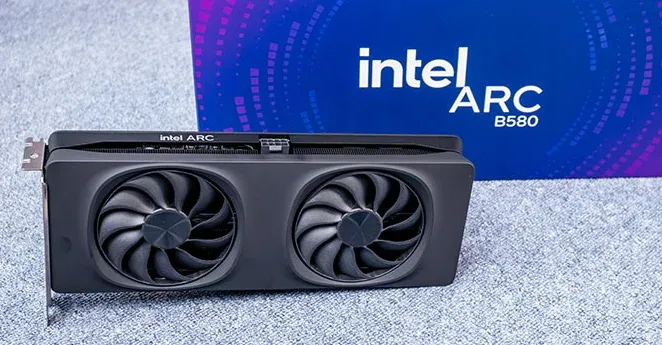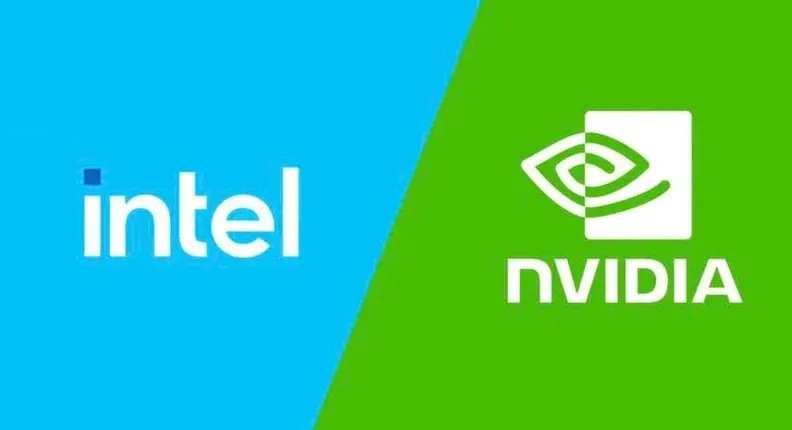The GPU market thrives on competition, and the Nvidia RTX 4060 and Intel Arc B580 represent two compelling options for budget-conscious gamers in 2025. Both GPUs are priced competitively, with Intel aiming to disrupt Nvidia's dominance.

[Nvidia RTX 4060]
Let's break down the battle across several categories.
1. Pricing and Availability
Nvidia RTX 4060: $299 (MSRP)
Intel Arc B580: $250 (MSRP)
Intel’s Arc B580 clearly undercuts the RTX 4060 on price, making it attractive for budget-conscious gamers. However, Nvidia enjoys broader availability and mature driver support, giving it a slight advantage in global markets.

[Intel Arc B580]
2. Technical Specifications

The Arc B580 offers more VRAM (12GB vs. 8GB), which can be advantageous for newer titles and higher resolutions. However, the RTX 4060 benefits from Nvidia’s DLSS 3.0 and more efficient power consumption.
3. Gaming Performance
1080p Gaming
-
RTX 4060: Performs slightly better in most AAA titles, maintaining a consistent 60+ FPS with high settings, thanks to its superior driver optimizations.
-
Arc B580: Struggles slightly in CPU-intensive games but excels in raw GPU-demanding scenarios. It outperforms the RTX 4060 in some modern titles due to its larger VRAM buffer.
1440p Gaming
-
RTX 4060: Handles 1440p gaming well, particularly with DLSS enabled, delivering smoother performance in demanding titles.
-
Arc B580: Shows competitive performance at 1440p but may experience stutters in CPU-bound scenarios.
4. Features and Ecosystem
Nvidia RTX 4060:
DLSS 3.0 (AI-powered upscaling and frame generation).
Broad support for ray tracing.
Nvidia Reflex and Broadcast for enhanced streaming and latency reduction.
Intel Arc B580:
XeSS (Intel's AI upscaling technology) rivals Nvidia’s DLSS but is less widely supported.
AV1 hardware encoding for content creators.
Limited ray tracing performance compared to Nvidia.
5. Driver Stability and Optimization
Nvidia's GeForce drivers are known for stability and broad game support, making the RTX 4060 a safer choice for most users. Intel has made strides with its Arc drivers, but they still face optimization challenges in older and CPU-bound titles.
6. Power Efficiency
The RTX 4060 is significantly more power-efficient, requiring just 115W compared to the Arc B580’s 175W. This makes Nvidia’s GPU a better option for small form factor builds or systems with limited cooling solutions.
Which One Should You Choose?
Choose the Nvidia RTX 4060 if:
You prioritize stability, power efficiency, and features like DLSS 3.0 and better ray tracing performance.
You’re building a compact or energy-efficient system.
Choose the Intel Arc B580 if:
You need more VRAM for modern games at a lower price point.
You’re focused on budget gaming or content creation, leveraging AV1 encoding.
While the RTX 4060 edges out the Arc B580 in overall performance and ecosystem maturity, Intel’s offering provides excellent value in specific scenarios. Ultimately, your choice will depend on your gaming preferences, budget, and hardware setup.







